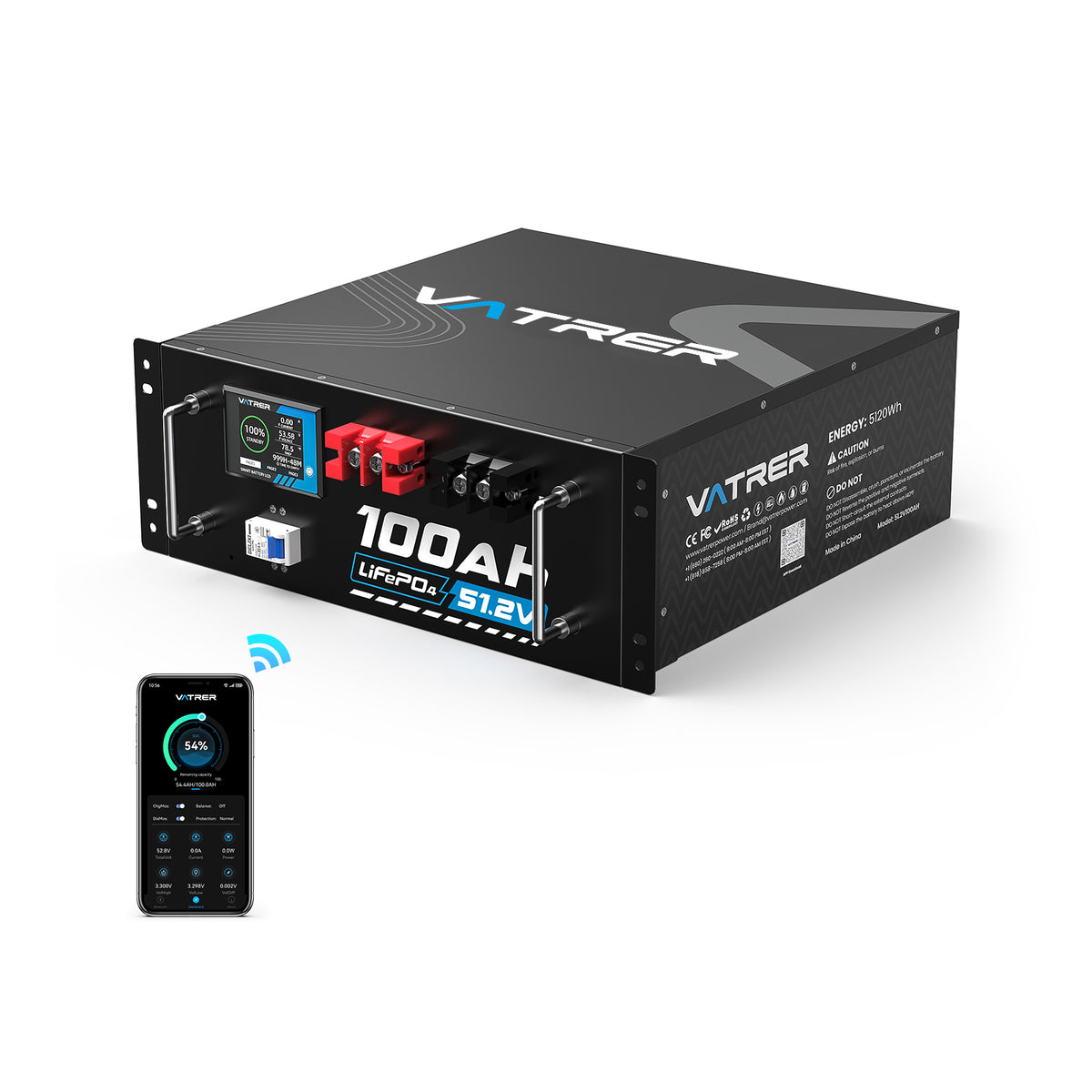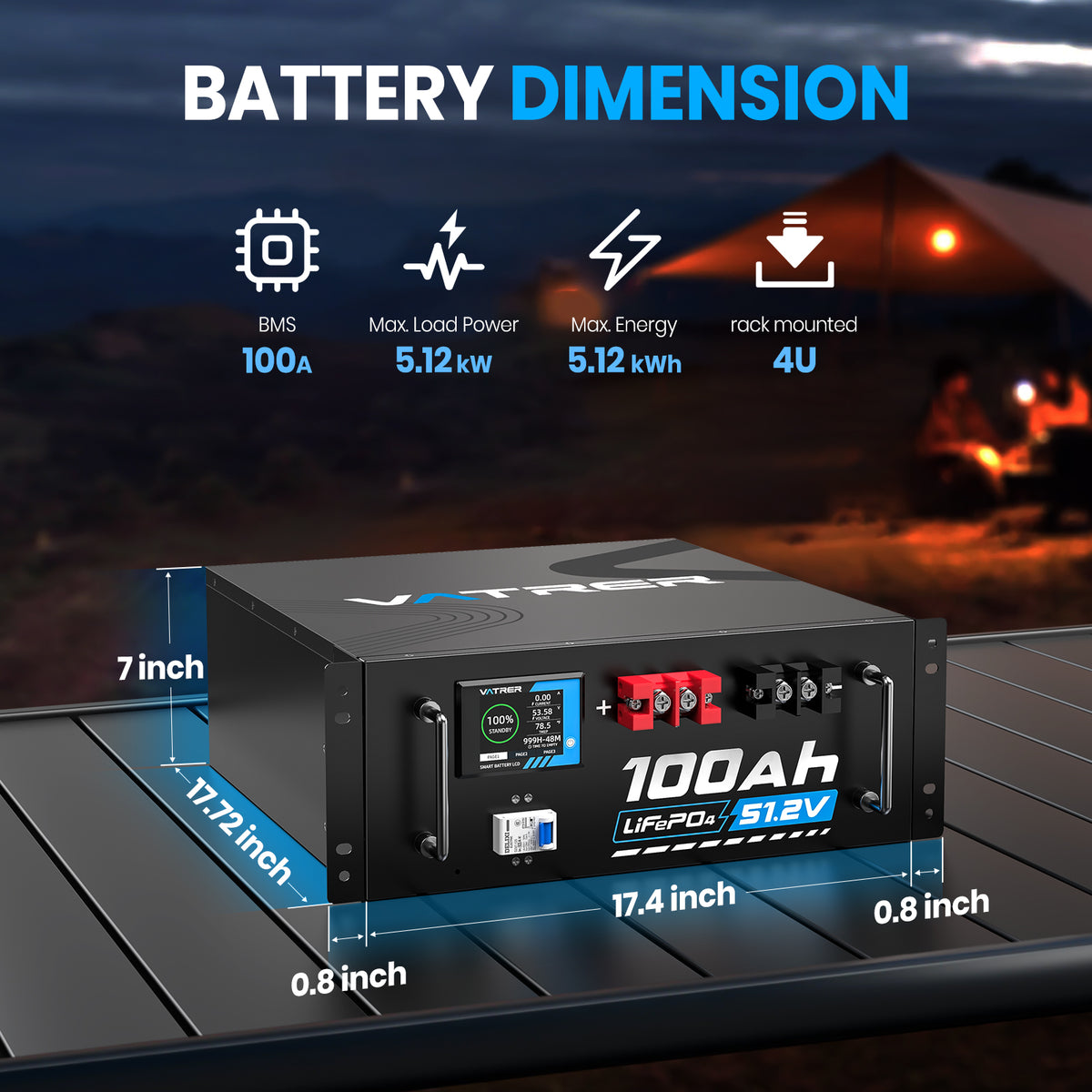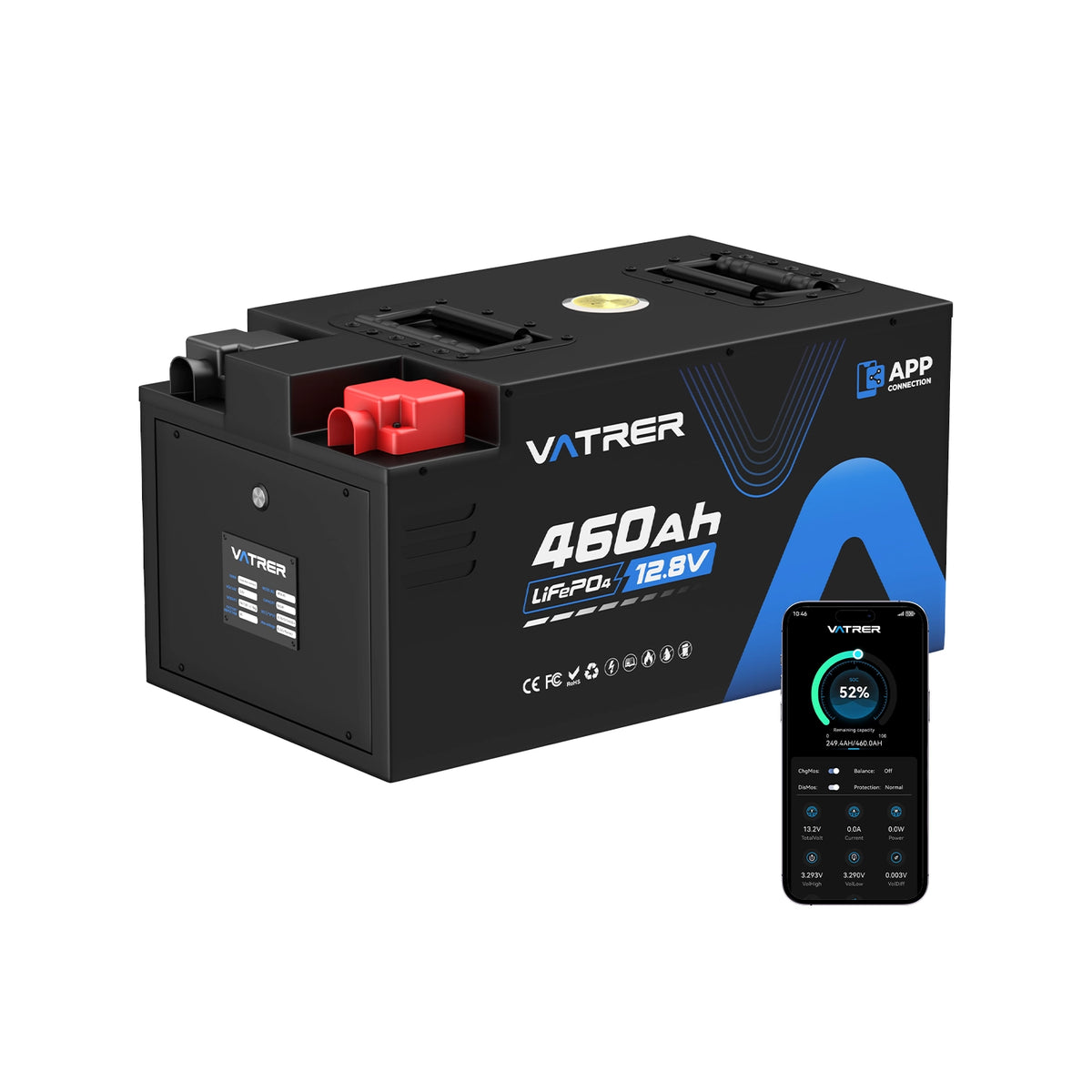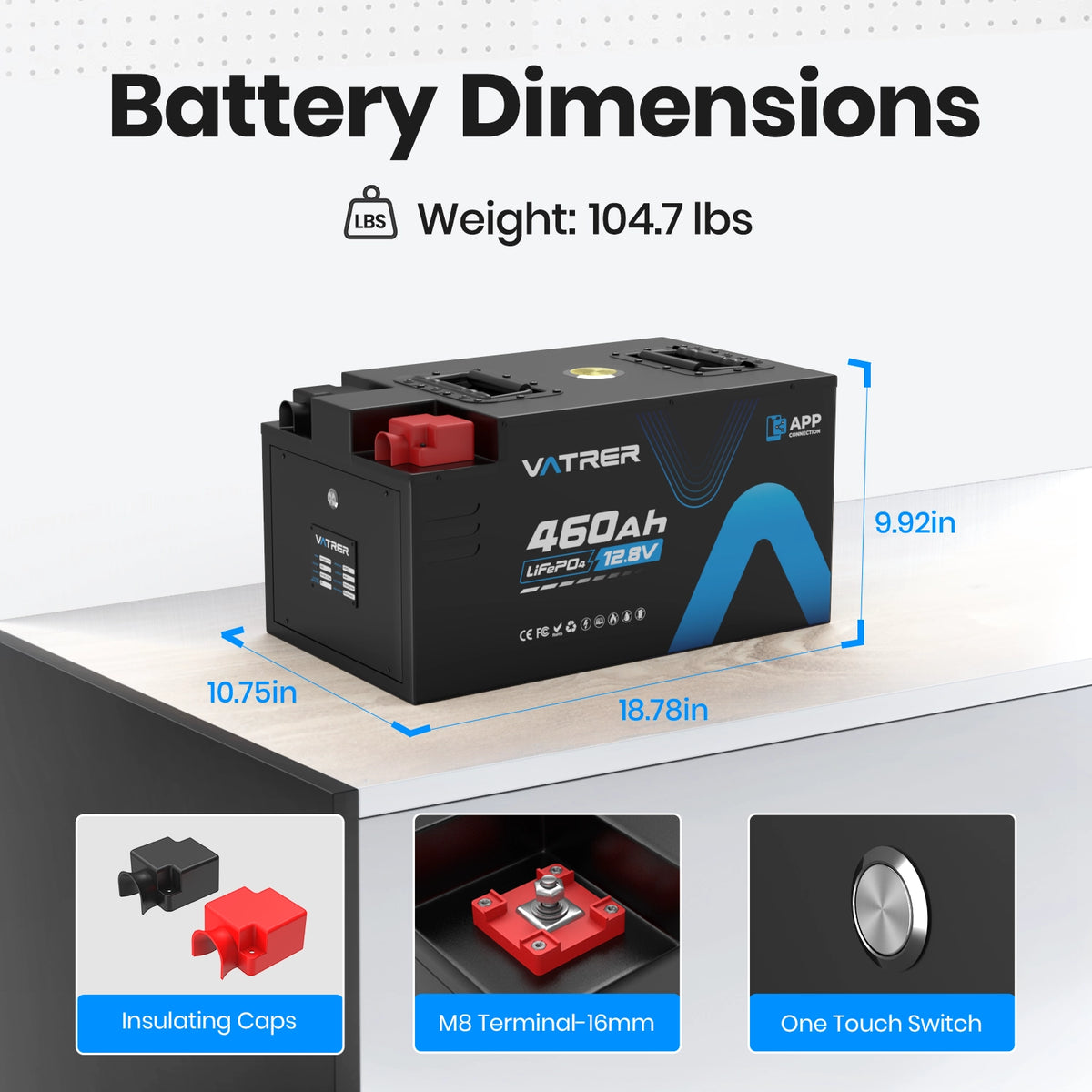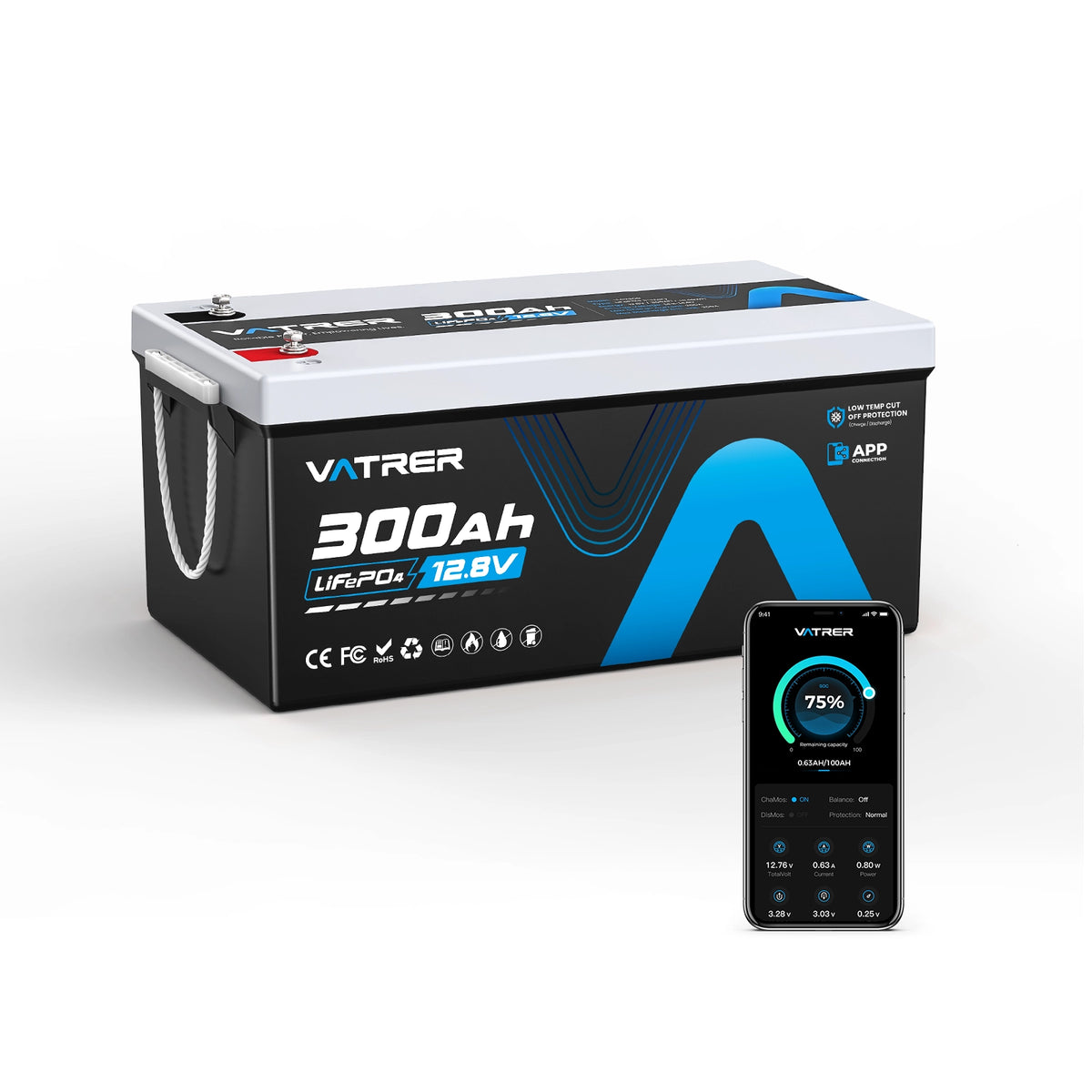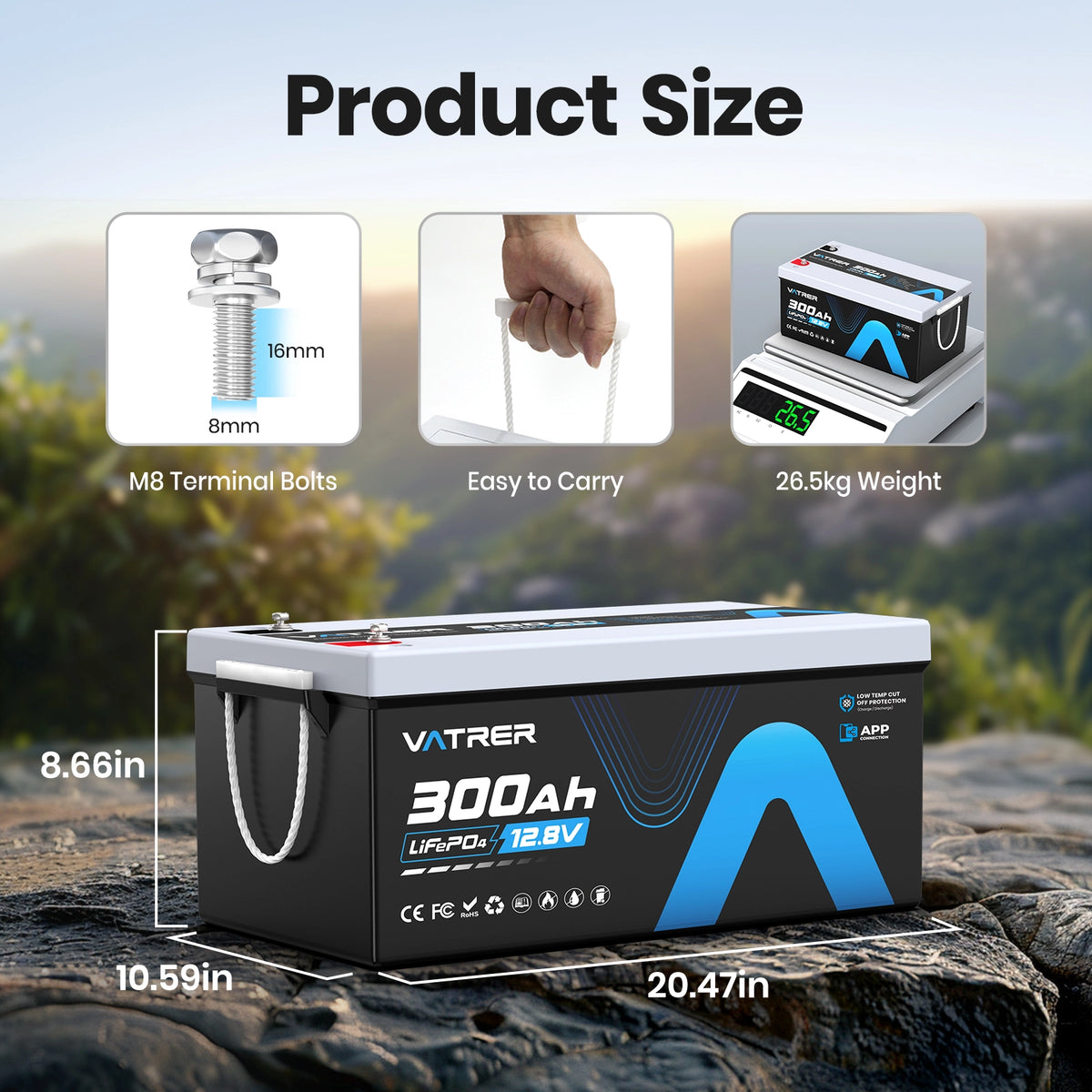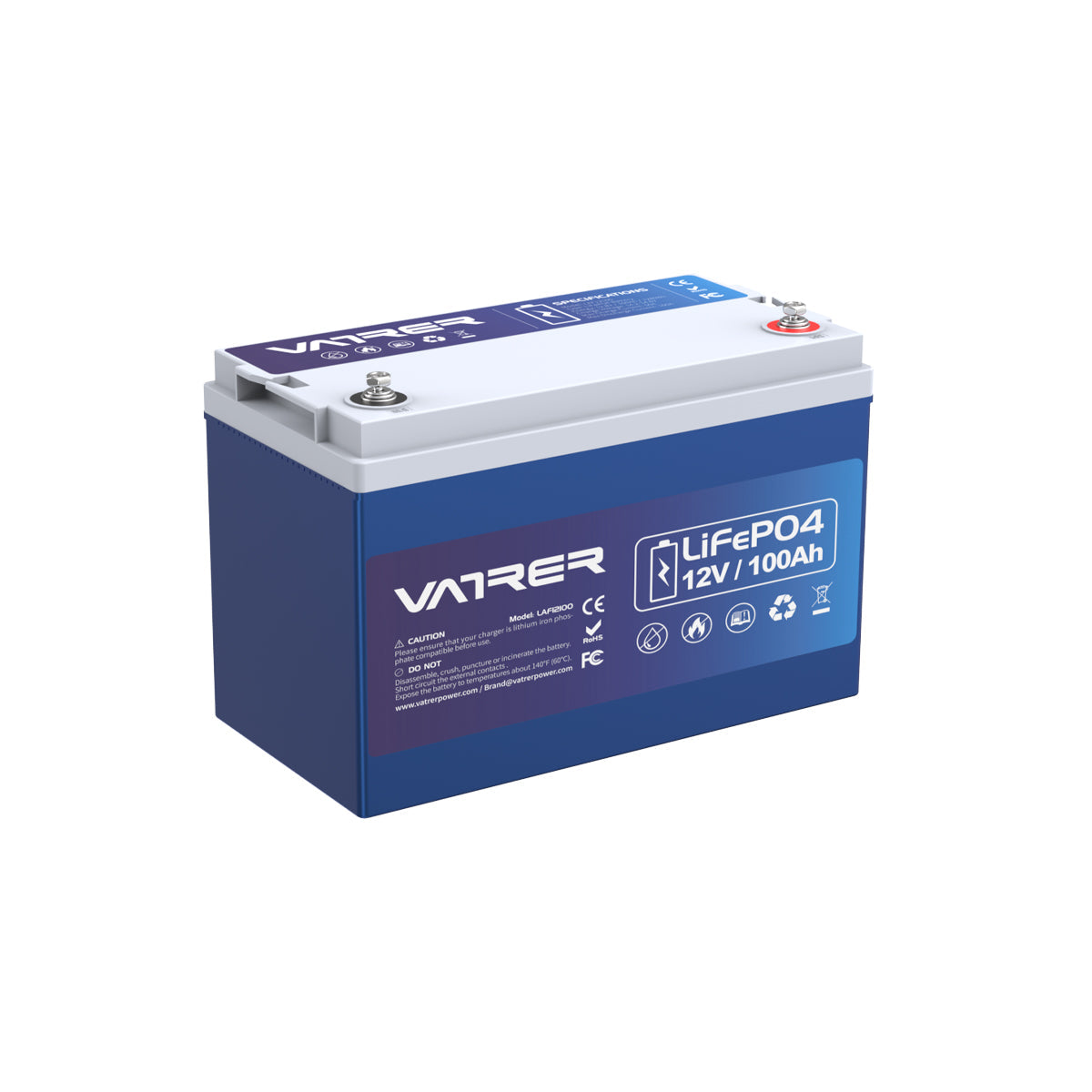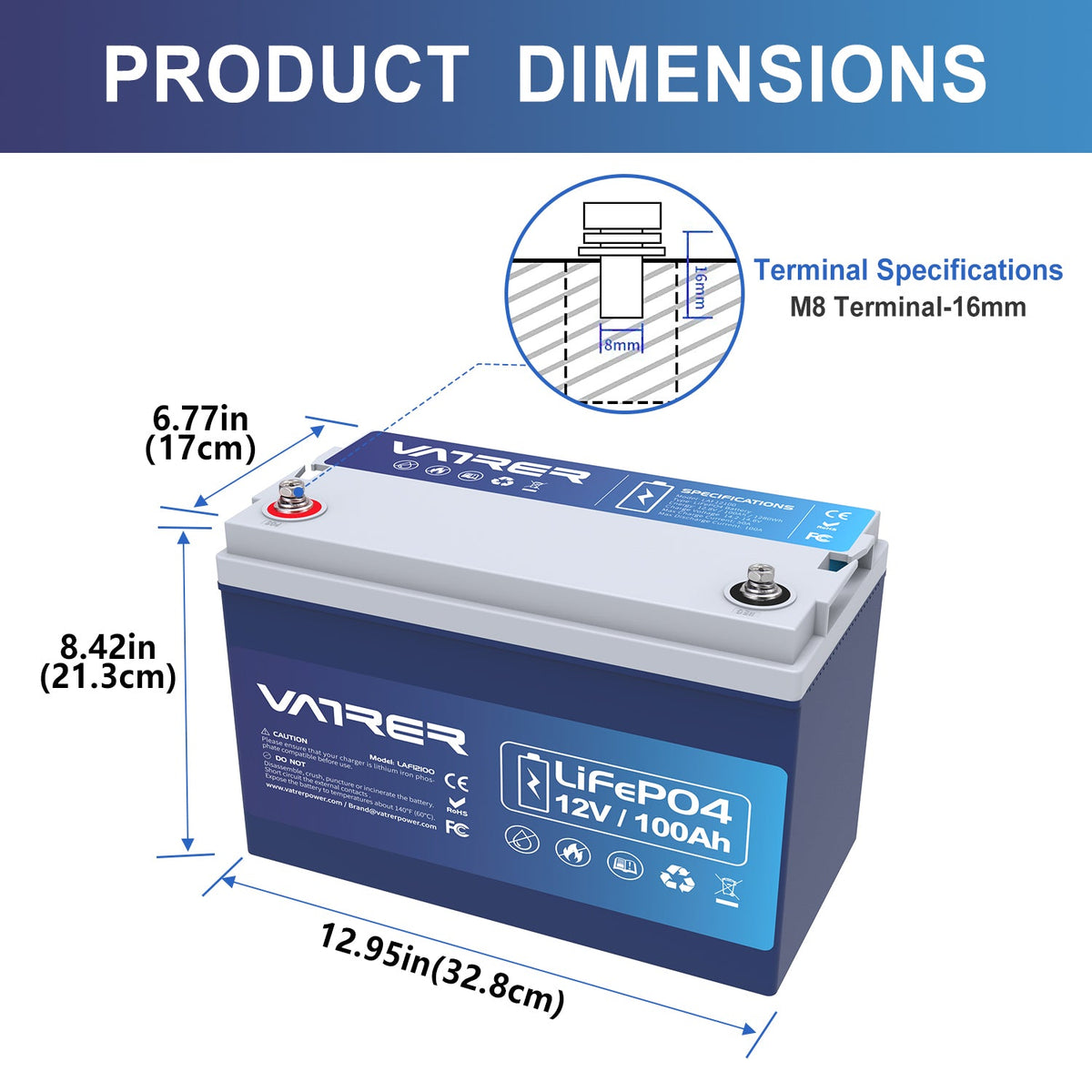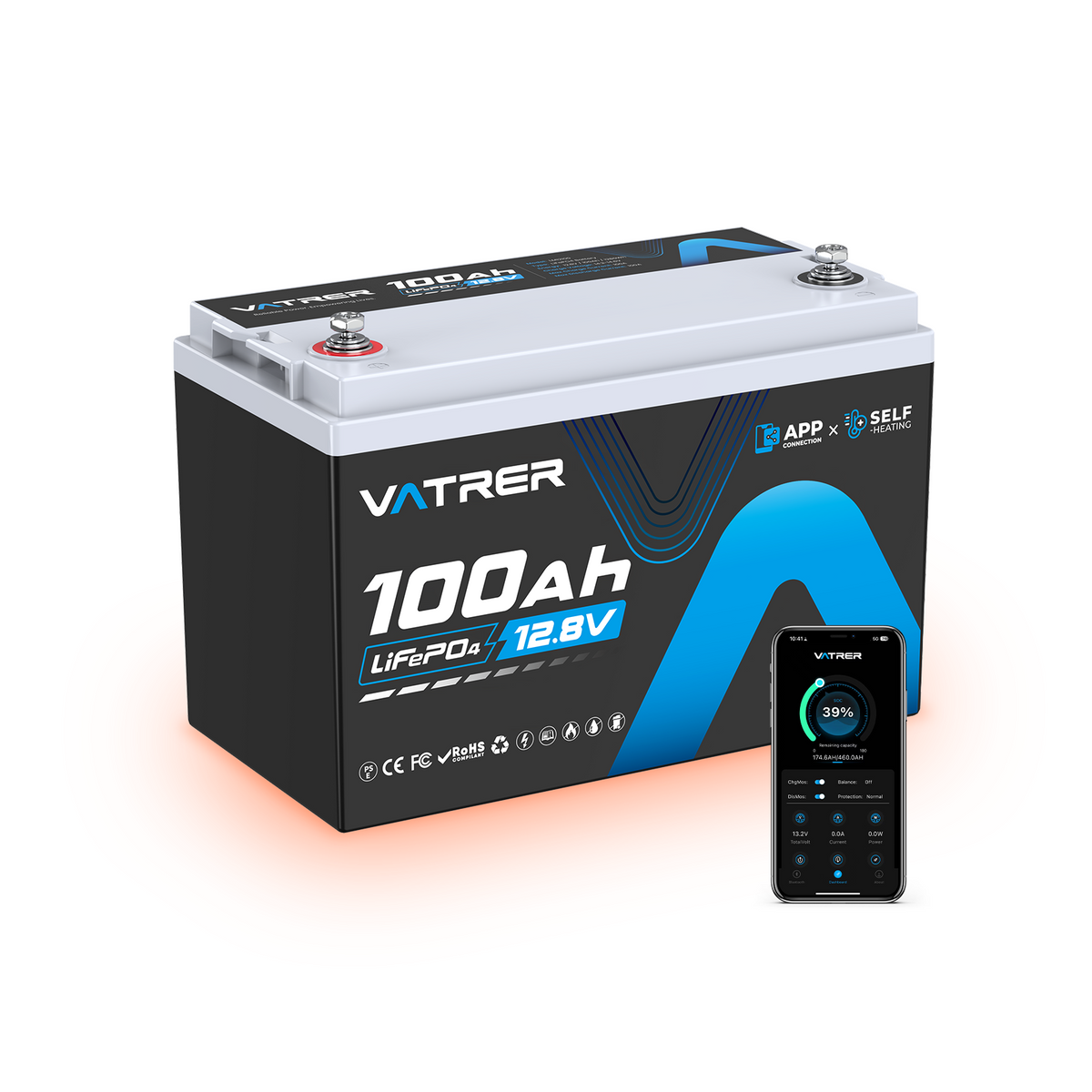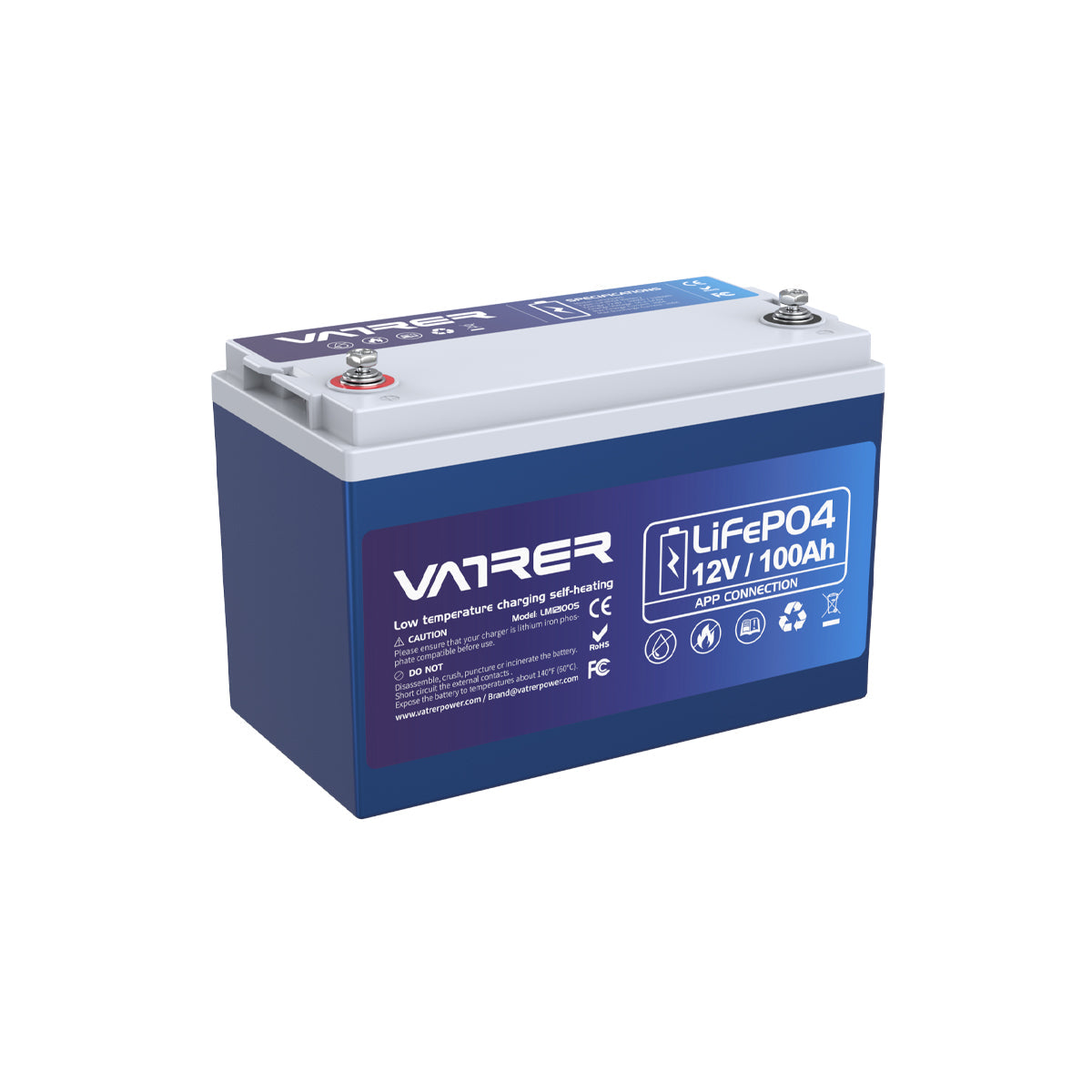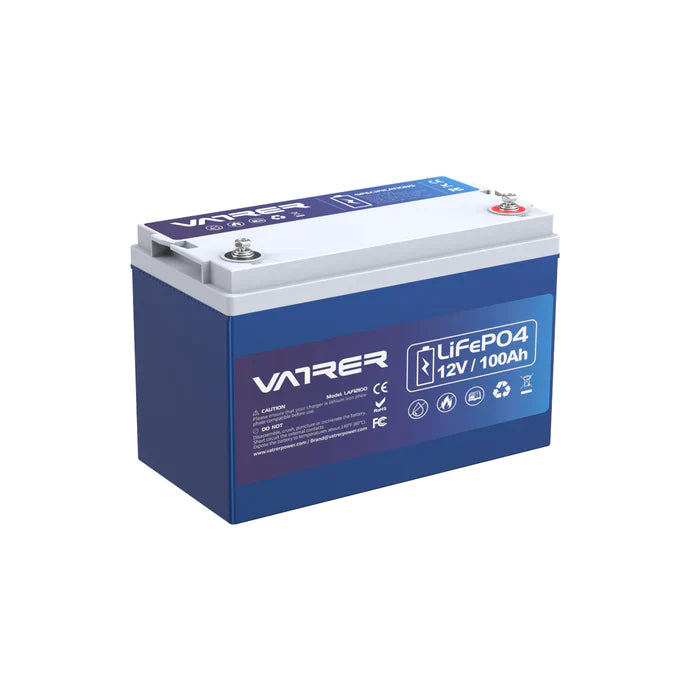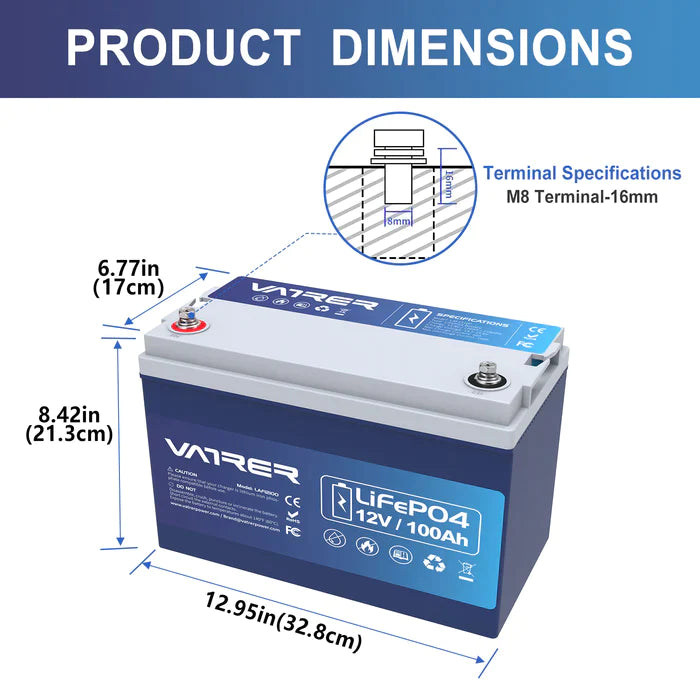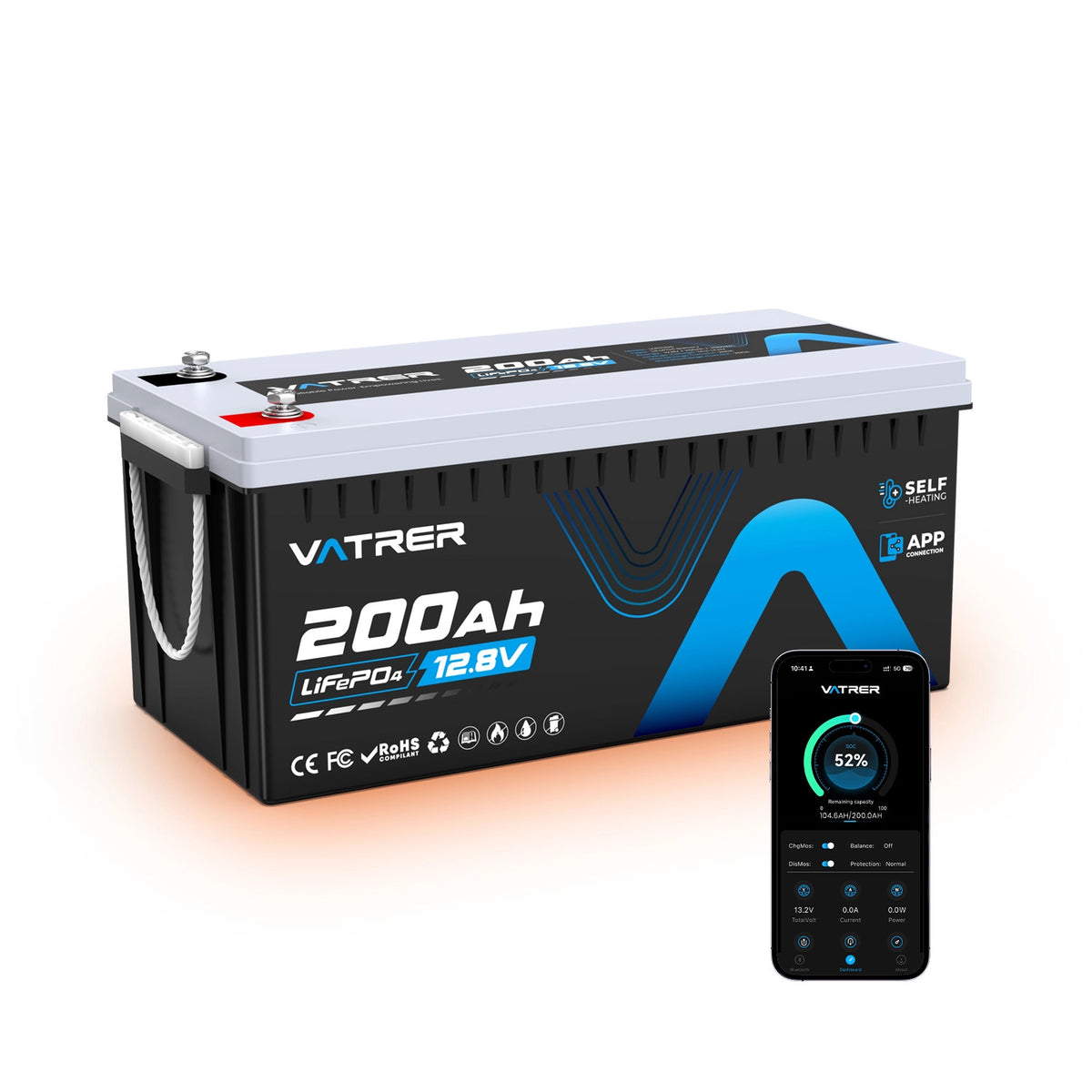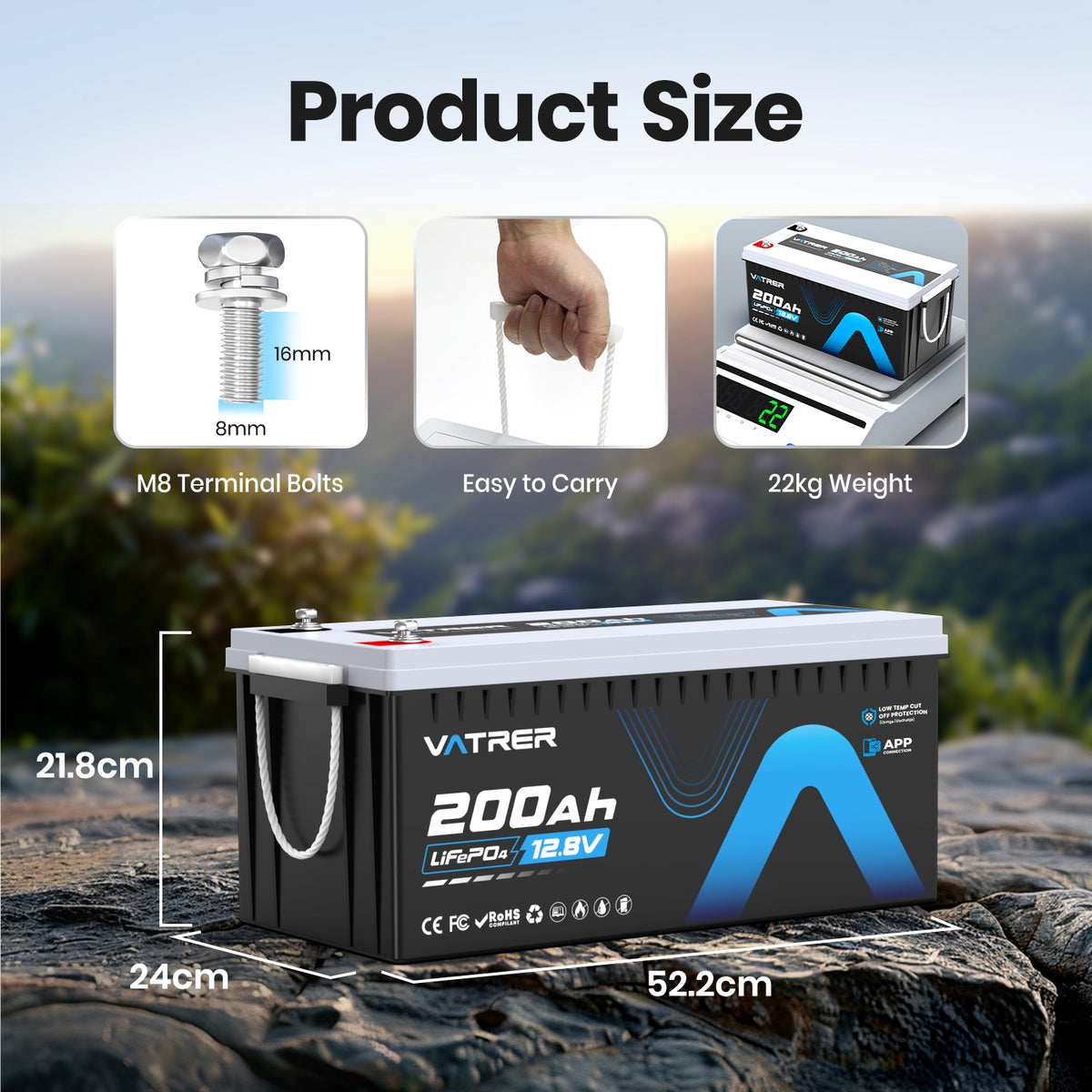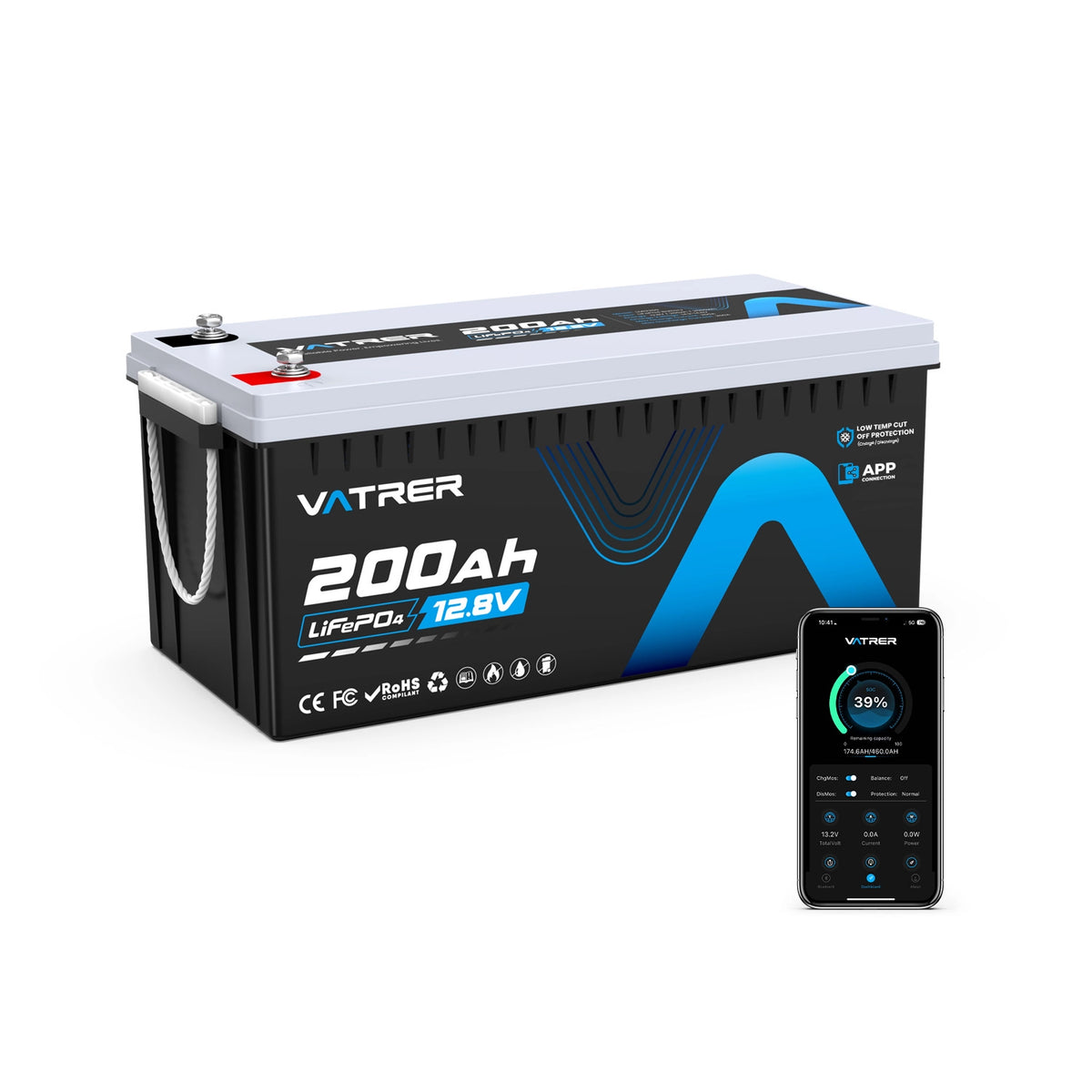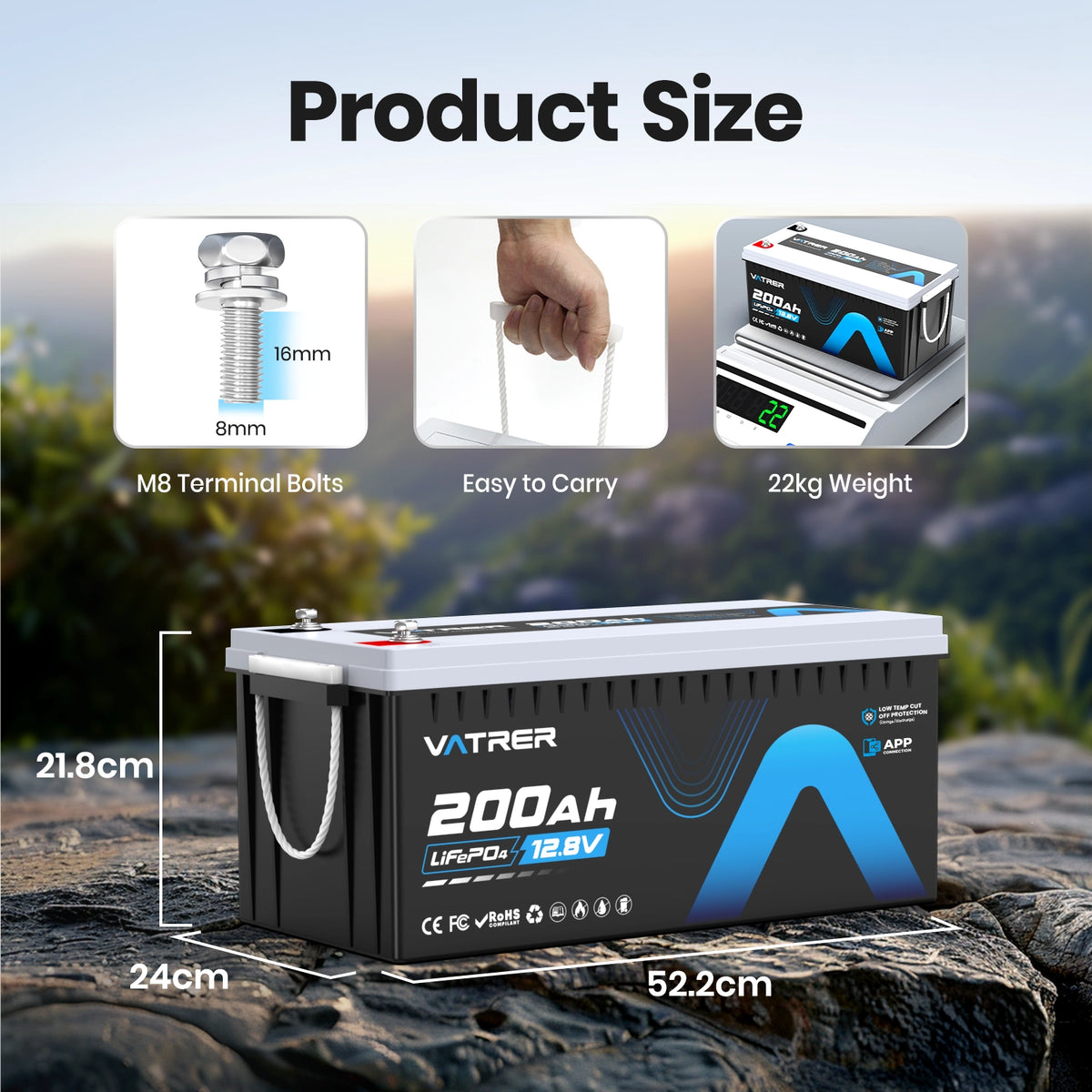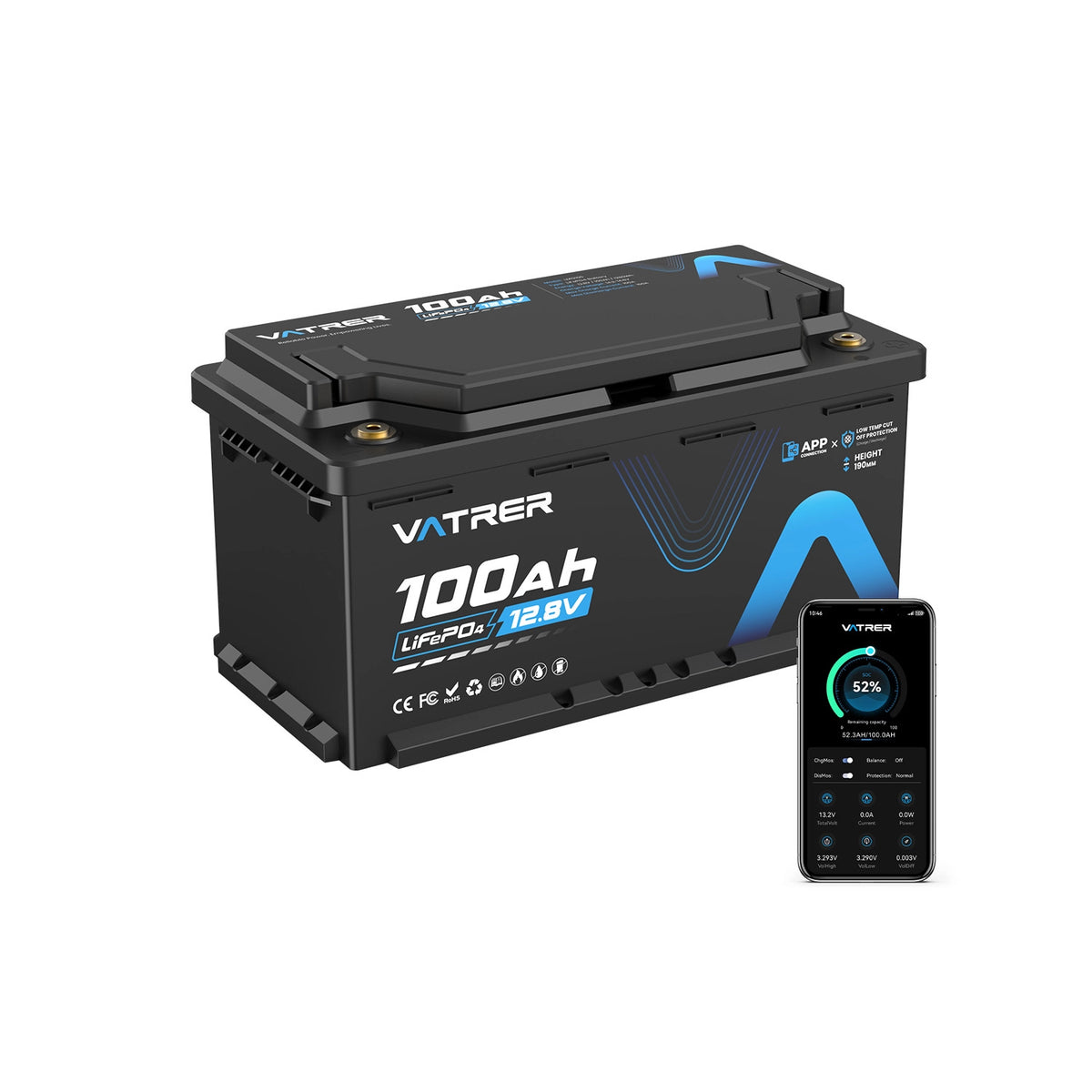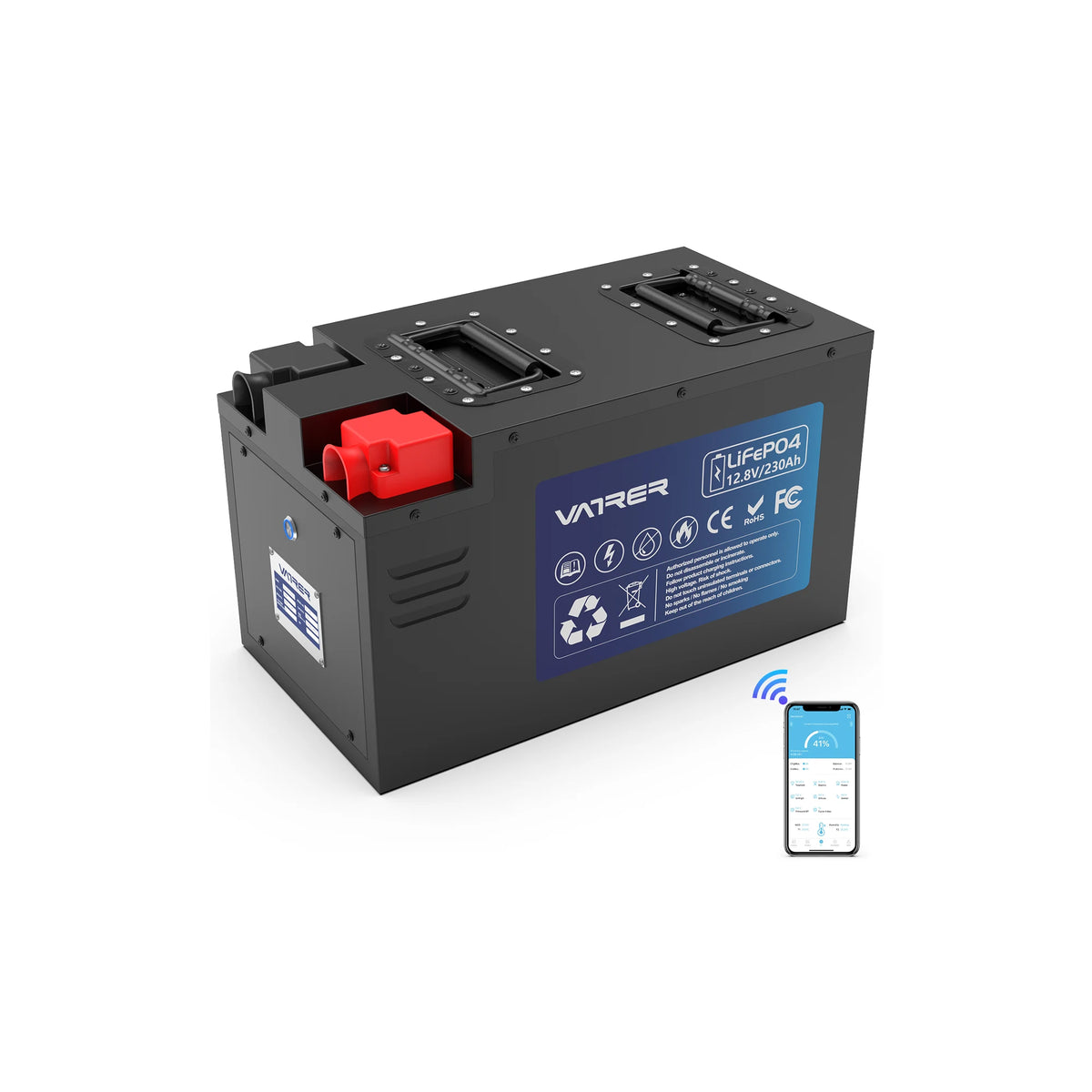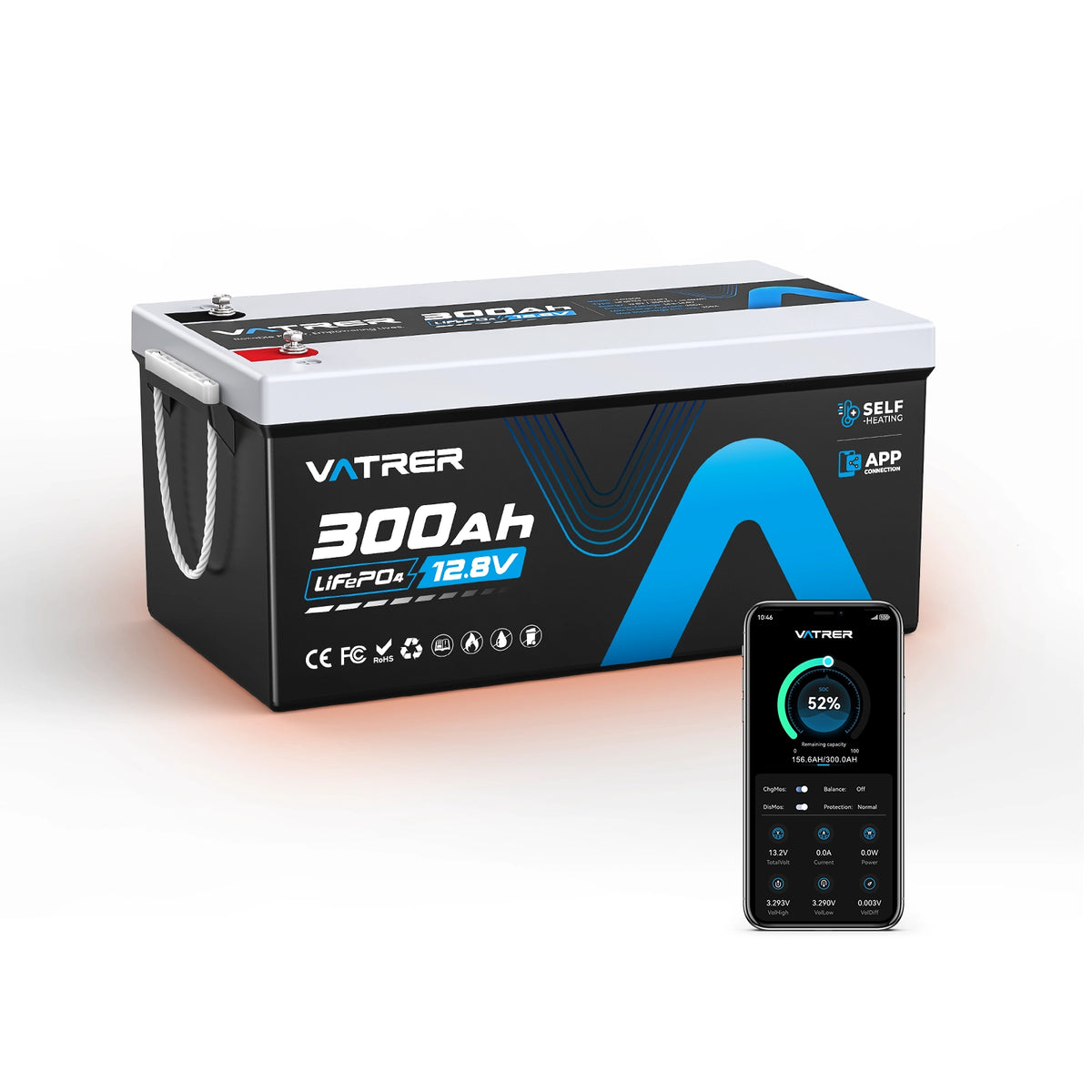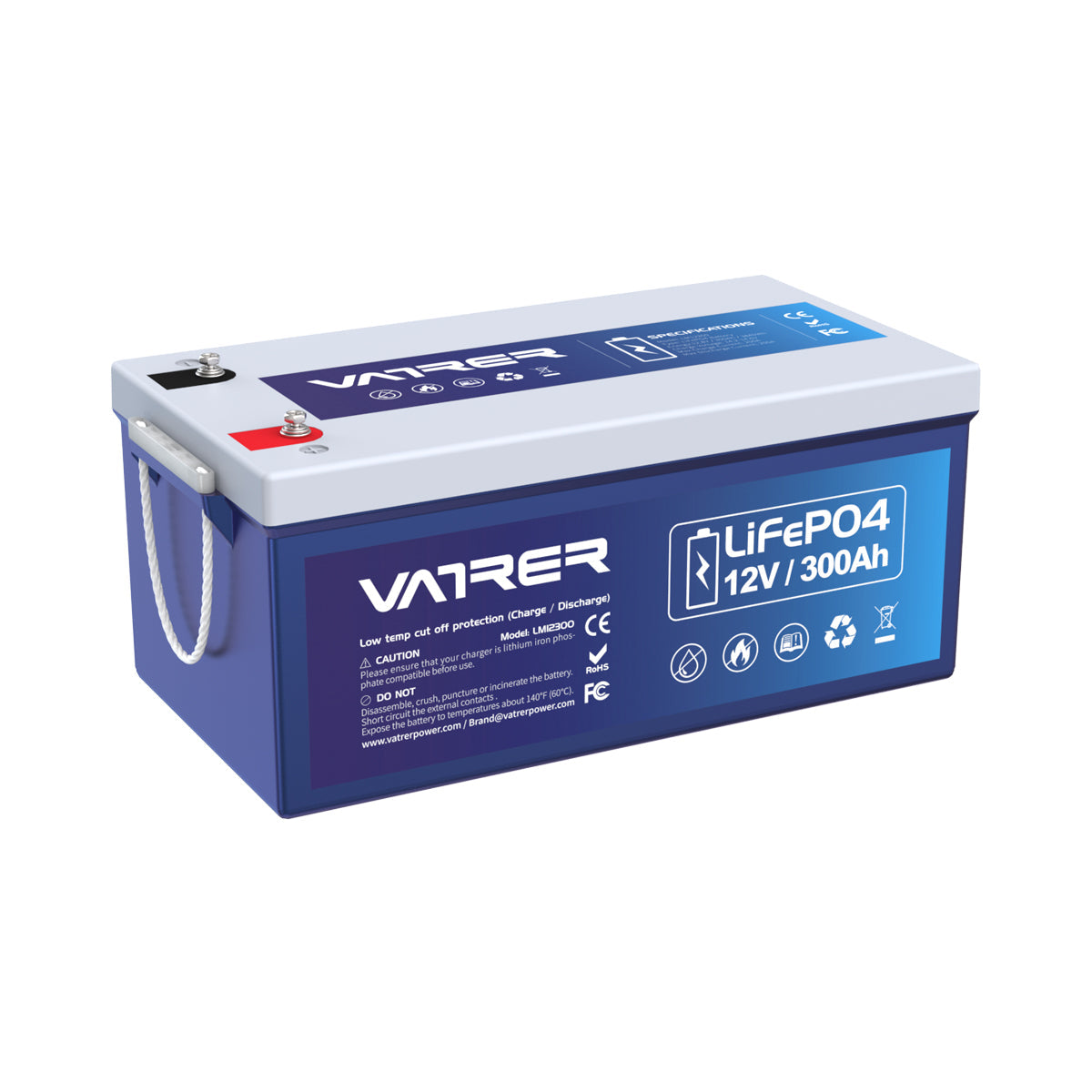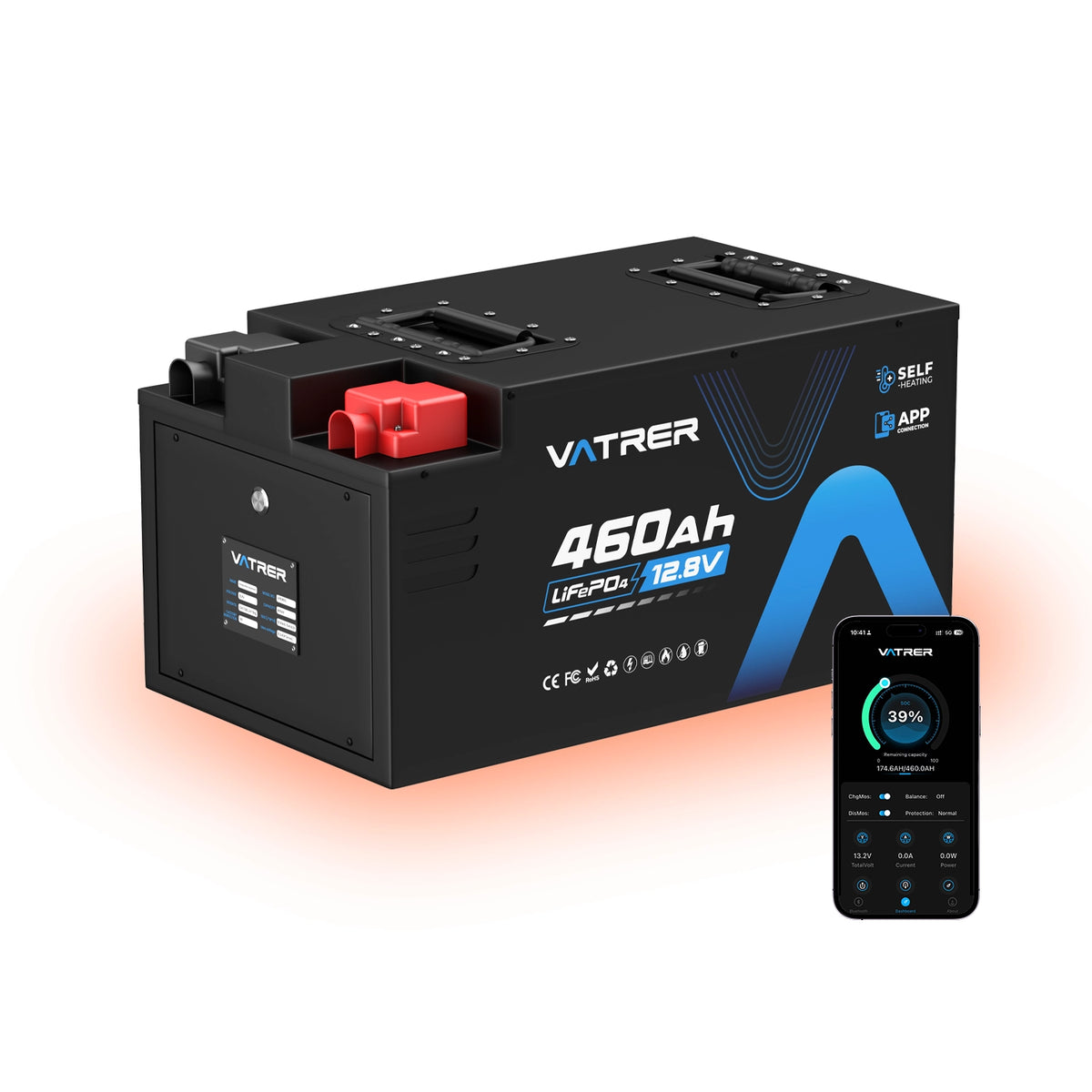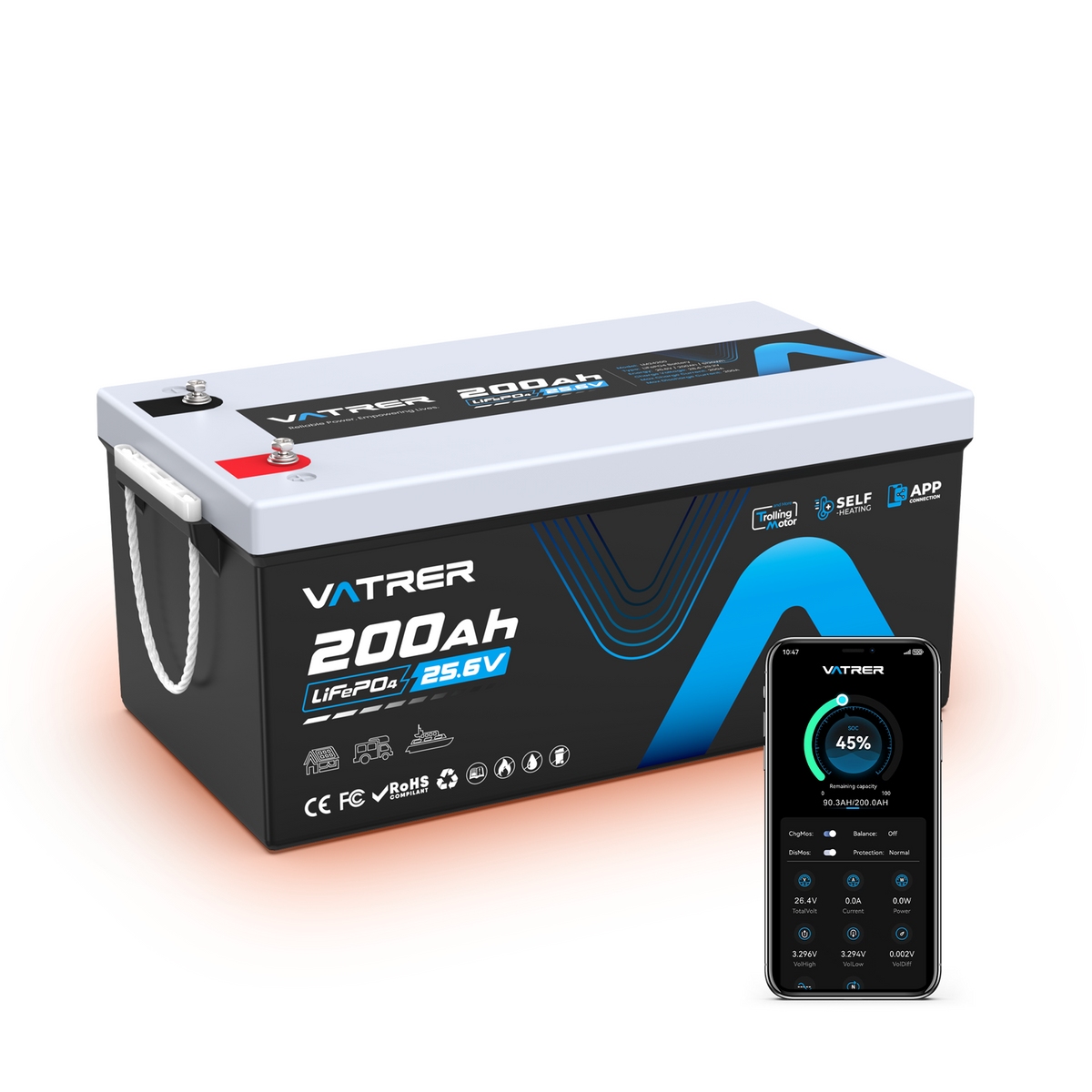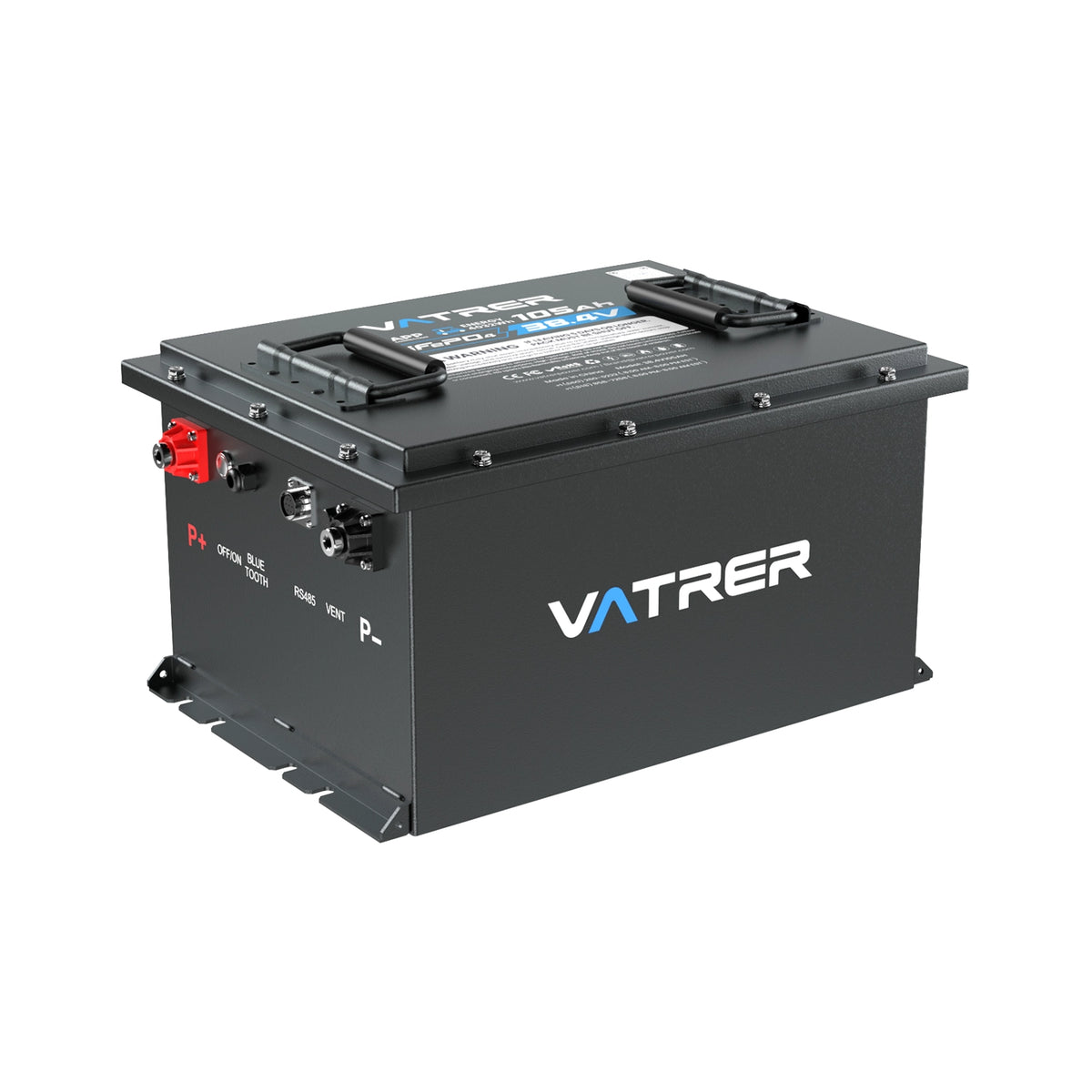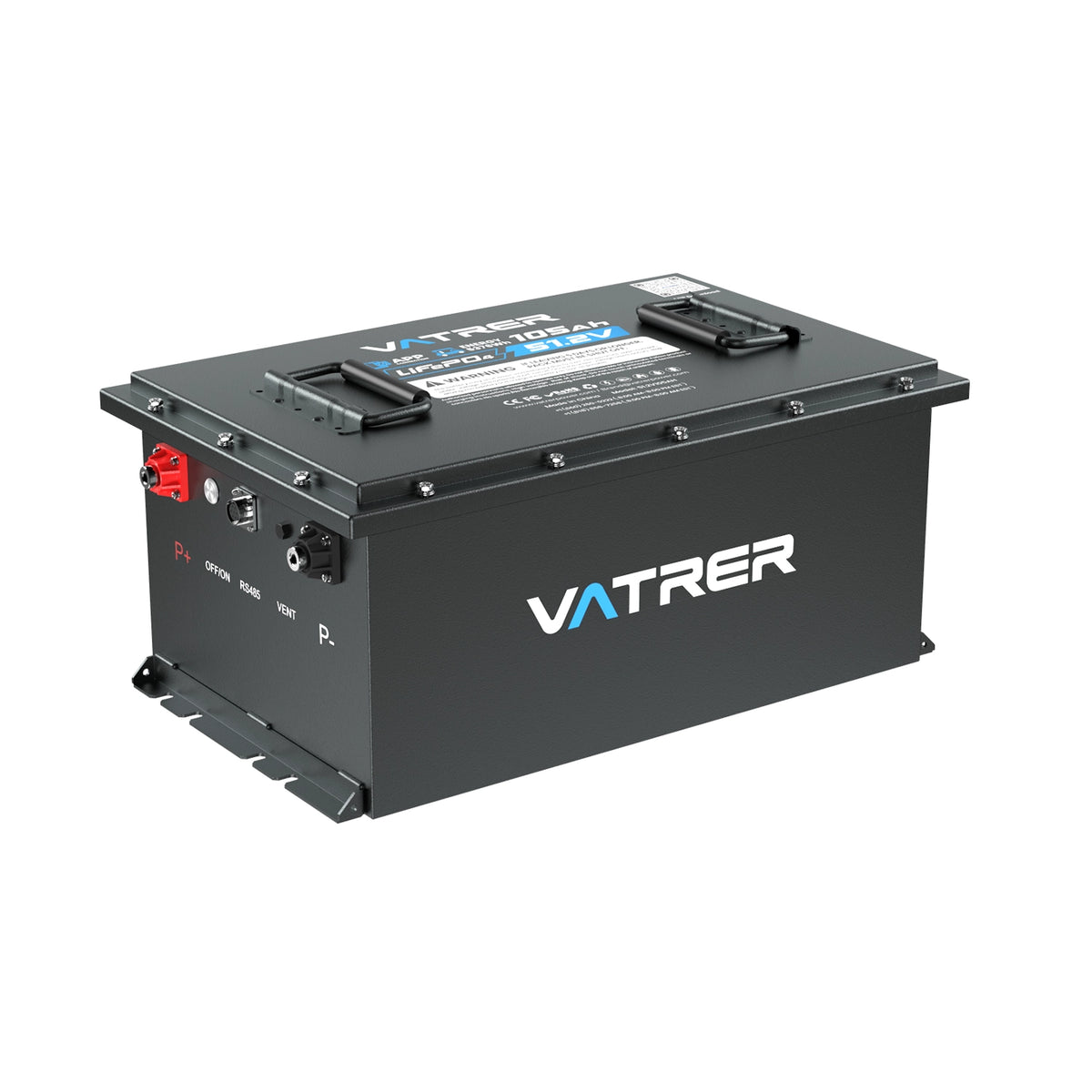Electricity is an integral part of our daily lives, powering everything from the smallest gadgets to the largest machines. However, the terms that define electricity - amps, volts, and watts - often cause confusion. Understanding these terms is not just for electricians or engineers; it’s useful for anyone who uses electrical devices. Let’s break down these concepts into simple, easy-to-understand explanations.

What are Volts?
Voltage, measured in volts (V), is the pressure from an electrical circuit's power source that pushes charged electrons (current) through a conducting loop, enabling them to do work such as lighting up a bulb. Think of it as the pressure exerted by water in a hose. The higher the pressure, the stronger the potential for the water to travel through the hose. In electrical terms, voltage is the force that pushes the electricity through a wire.
What are Amps?
Amperage, or current, measured in amperes (amps, A), reflects the volume of electrons passing through the electrical conductor in a given period. Continuing with the water analogy, if voltage is the water pressure, then amperage would be the flow rate of the water through the hose. Higher amperage means more electrical charge is moving through the circuit.
What are Watts?
Wattage, measured in watts (W), is the power produced by an electrical system. It is the product of volts and amps – this is known as the power equation (P = V x A). In simpler terms, watts measure how much energy is being released per second in a circuit. Returning to the water analogy, wattage would be the power generated by the water (voltage) pushing through the hose (amps) to perform work, such as spinning a water wheel.
Practical Examples
To better understand how these elements interact, consider a common household item: the light bulb. A typical LED light bulb might use about 10 watts of power. If your home's voltage is 120 volts (common in the United States), using the power equation, the current drawn by the bulb can be calculated as follows:
This calculation shows that the bulb draws about 0.0833 amps to produce 10 watts of power at 120 volts.
Applications and Safety
Understanding amps, volts, and watts is crucial not just for handling everyday appliances but also for ensuring safety. Overloading an electrical circuit with devices that draw more current than the wires can handle can lead to overheated wires and potential fire hazards. For instance, plugging a large number of high-wattage devices into one outlet can trip a circuit breaker.
Moreover, when purchasing new appliances or setting up an electrical system at home, knowing the voltage and wattage requirements is crucial to ensure compatibility and efficiency. For example, connecting a device designed for 240 volts into a 120-volt outlet not only impairs its performance but may also damage the electrical system or the appliance.
Conclusion
Amps, volts, and watts are fundamental aspects of electricity that play a vital role in how electrical devices operate. By understanding what each of these terms means and how they interrelate, you can make more informed decisions about your home's electrical installations, troubleshoot appliance issues more effectively, and ensure a safer home environment. Whether you're buying a new lamp, checking the capacity of your circuit breaker, or installing a home generator, a basic knowledge of electricity can go a long way.

